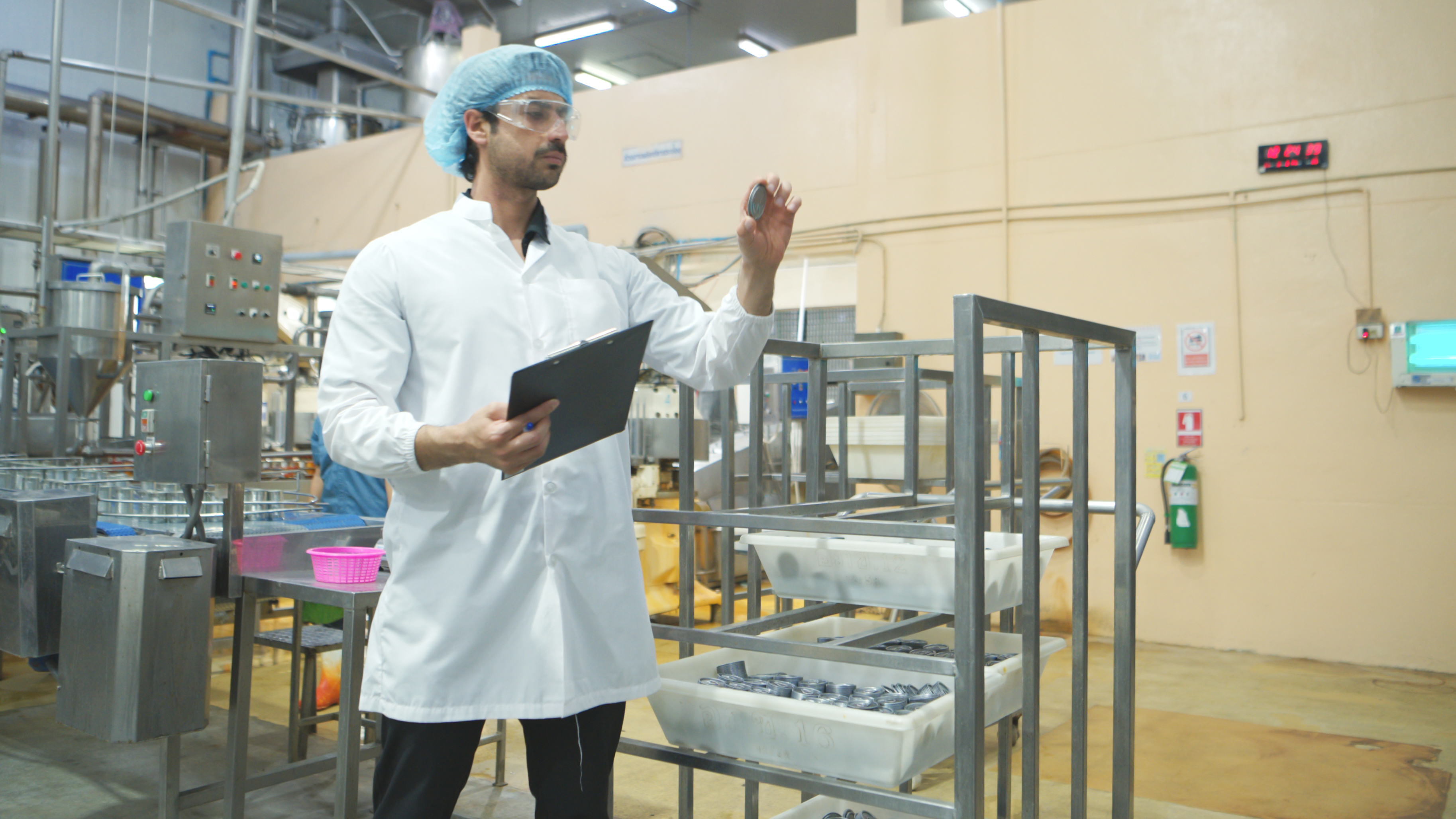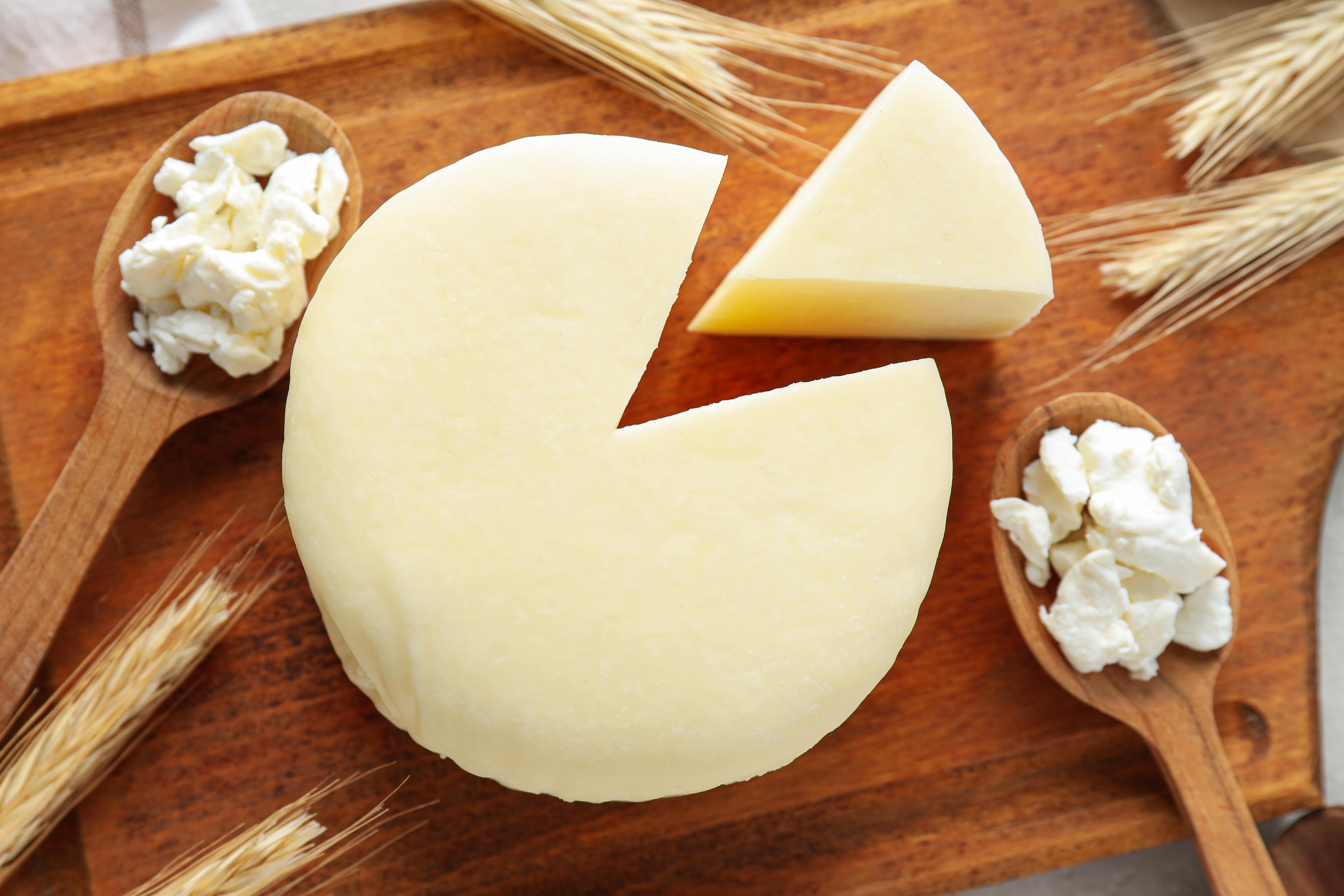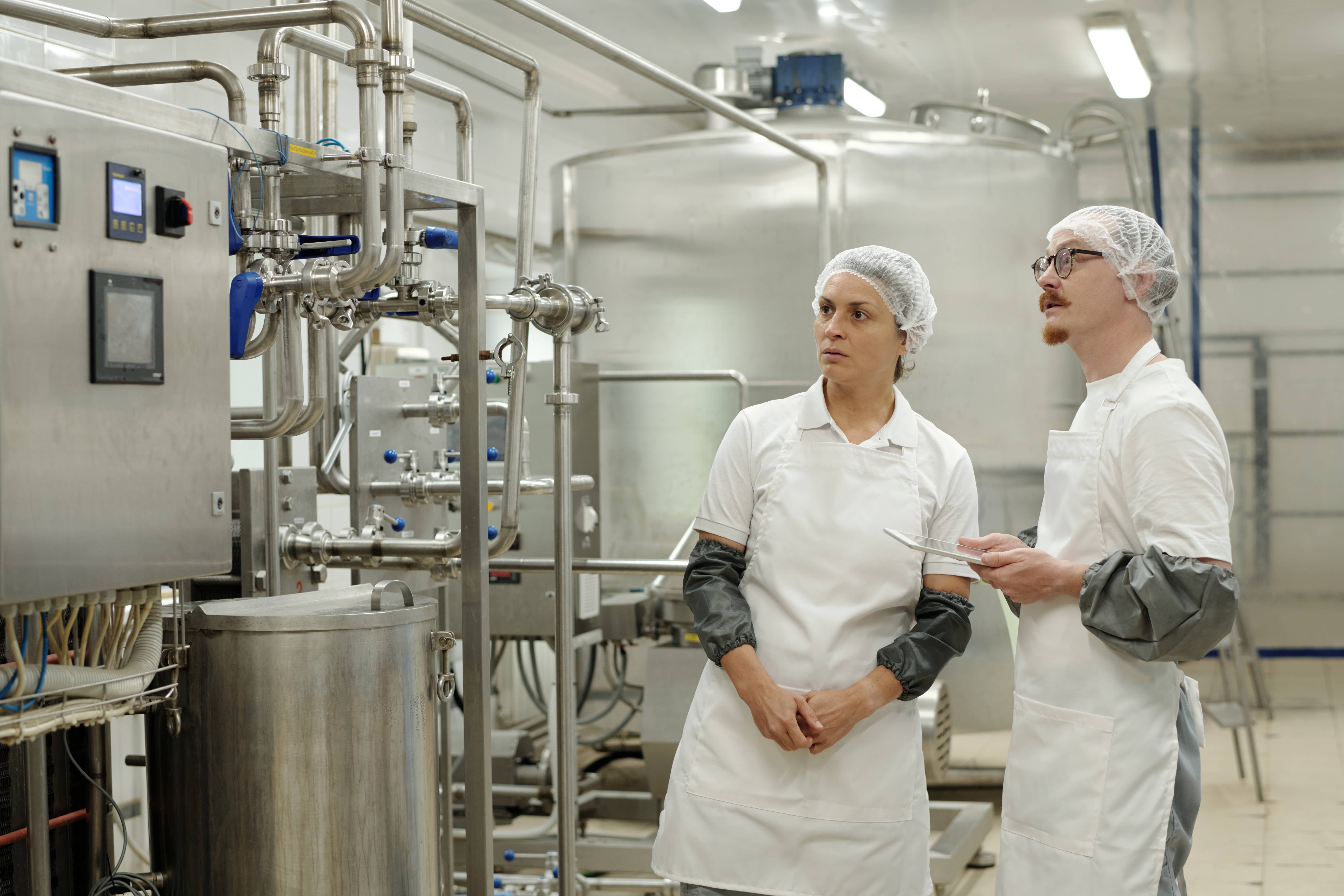Last Updated on August 4, 2025 by Admin
Table of Contents
- What is HACCP in the Food Industry?
- What is ISO 22000?
- HACCP & ISO 22000: Shared Goals but Different Paths
- Which Should You Choose: HACCP or ISO 22000?
- Analysing the Benefits of HACCP and ISO 22000
- A Brief Comparison Table of HACCP and ISO 22000
- Final Thoughts
Effective food safety is integral for production, regulation, and consumption entities. Given the increasingly complex global food supply chains, having robust and reliable checkpoints for determining safety standards is an absolute necessity. Two of the most widely adopted frameworks for ensuring food safety are HACCP & ISO 22000. While both serve to minimise risks in food production processes, their scopes, structures, and implementations greatly differ.
This blog post will focus on explaining what HACCP is in the food industry, comparing it with ISO 22000, elaborating on the difference between HACCP & ISO 22000 so that relevant stakeholders can make well-informed decisions regarding which standard to adopt.
What is HACCP in the Food Industry?
HACCP, or Hazard Analysis and Critical Control Points, is a method that takes a systematic preventative approach to address the matter of food safety. This approach was developed by NASA along with The Pillsbury Company during the 1960s for astronaut meals. It has ever since then been accepted globally as a useful strategy to identify, evaluate and mitigate hazards during the preparation of products like food items. So, what is HACCP in the food industry? It is a systemic approach to anticipating and managing possible biological, chemical, or physical contaminants in a particular area of food manufacturing by implementing measures to eliminate such hazards proactively.
Key Principles of HACCP:
- Conduct a hazard analysis, information gathering and analysis for potential risks.
- Determine critical control points (CCPs).
- Establish critical limits.
- Monitor CCPs.
- Implement the corrective actions identified in each contingency plan.
- Establish verification procedures for each outcome-determining step in order to ensure accuracy.
- Maintain documentation and records capturing all the steps relevant to the matter.
HACCP isn’t considered certification as it is often referred to as a stagnant management system in documents issued by numerous government agencies, with prerequisites needed for other safety audits related to food hygiene/facility regulations, particularly safety certifications.
What is ISO 22000?
Developed specifically for Food Safety Management Systems (FSMS), ISO 22000 is an international standard put forth by the International Organisation for Standardisation (ISO). The standard was published initially in 2005 but underwent changes along with revisions that were universally accepted during 2018, so it could fit within other ISO umbrella policies like ISO 9001.
In contrast with HACCP, ISO 22000 comes in the form of certifiable standards depicting HACCP underlying portions, but this time surpasses expectations by including them in amplified frameworks extending the holding FSMS framework
Core Components of ISO 22000:
- System Management Requirements based on ISO’s High-Level Structure (HLS)
- Consider the food supply chain as a whole for communications
- Prerequisite Programs (PRPs)
- Hazard analysis and control planning drawing from HACCP principles
- Continual improvement with required documentation
All organizational processes involving food are included, ranging from farming to retail, including transportation, storage, packaging, and selling.
HACCP & ISO 22000: Shared Goals but Different Paths
Both systems ensure food safety at first glance. The difference between HACCP & ISO 22000 is found in their application scope and structure.
Let us examine these variances through several lenses:
Scope and Framework
| Aspect | HACCP | ISO 22000 |
|---|---|---|
| Focus | Food safety through hazard control. | Holistic food safety management system. |
| Applicability | Primarily used in food manufacturing and processing. | Applicable to all participants in the food chain, including logistics, packaging, retail, and services. |
| Structure | A 7-principle system based solely on hazard control. | An integrated FSMS combining HACCP principles, ISO management system structure, and PRPs. |
Certification
HACCP: In spite of not being an official ISO standard, HACCP can undergo third-party audits for certification. Regulatory bodies or business partners within the supply chain often require compliance certification or credential validation.
ISO 22000: As a compliant official ISO standard, it has certifiable status, which reinforces its prestige as acquiring certification demonstrates global acknowledgement towards commitment made for food safety integrity & quality processes outlined within the organisation.
Key takeaway: Each system qualifies with the HACCP framework, while only some haphazardly meet broader standards set forth by ISO 22000.
Management system integration
Where they intersect with more wide-spanning functions of organisational administration stands out as one example of the primary difference between HACCP & iso 22000
HACCP: Concentrates only on food safety hazards and does not interconnect with other business functions such as quality, finance, or human resources.
ISO 22000: Engineered to integrate with other ISO standards like ISO 9001 (Quality Management), creating a single integrated system that balances operational efficiency and food safety.
This makes ISO 22000 more relevant for businesses striving toward sophisticated, enterprise-level solutions in food safety preparedness and compliance.
Documentation and Record Keeping
HACCP: Focuses primarily on documentation of hazard analysis, critical control points, and corrective action plans.
ISO 22000: Bill of requirements includes policy documents, goal setting and tracking, internal audits, management evaluations and middle tier reviews.
The ISO system allows for ongoing refinement via the Plan-Do-Check-Act (PDCA) methodology, which fosters long-term improvement.
Communication & Participation
Participation encourages top management involvement as well as stakeholders along the supply chain, which makes communication clearer both from inside and outside the organisation.
The approach taken by HACCP is comprehensive when it comes to hazard analysis; however, it stops short of including defined procedures for stakeholder communication or leadership accountability.
Which Should You Choose: HACCP or ISO 22000?
Your choice between HACCP & ISO 22000 will depend on your business objectives, size and industry regulations.
Select HACCP if:
- You are a small or medium-sized food manufacturer or food processor.
- You are meeting legal requirements or compliance for exports.
- You require a hazard-focused food safety system that does not necessitate complete management integration.
Opt for ISO 22000 if:
- Your business spans multiple segments within the food supply chain.
- You want to build trust and credibility in international markets with the help of a certifiable system.
- Your focus is to merge food safety with other key areas, including quality, and operations compliant with other ISO standards.
Analysing the Benefits of HACCP and ISO 22000
Benefits of HACCP:
- Focused risk reduction
- Adherence to legal mandates for food safety
- Enhanced product safety and trust from customers
- Economically favourable implementation
Benefits of ISO 22000:
- Certification has international recognition
- Full FSMS contains HACCP as part
- Improved risk management and tracking
- Greater assurance for customers and stakeholders
- Adaptable to increasing business size
A Brief Comparison Table of HACCP and ISO 22000
| Feature | HACCP | ISO 22000 |
|---|---|---|
| Basis | Hazard-based system | Management system based on the ISO structure |
| Certifiability | Optional | Fully certifiable |
| Scope | Focused on food safety hazards | Includes hazard control, management system, and PRPs |
| Applicability | Manufacturing-focused | Applicable across the entire food supply chain |
| Documentation | Basic (CCPs, corrective actions) | Extensive (objectives, audits, leadership involvement) |
| Integration | Standalone | Integrates with other ISO systems |
Final Thoughts
Knowing the difference between these frameworks is vital for companies trying to maintain food safety regulations while aligning with international expectations.
Where HACCP concentrates on dealing with specific risks in food production and is straightforward to implement, ISO 22000 food safety management system builds upon this by providing an integrated framework for certifying that the organisation has not only embedded food safety into its activities but also incorporated it into the very architecture of operational processes.
It may be more reasonable for some businesses to start with positioning themselves as HACCP compliant and then succeed with gaining certification ISO 22000 aligned as they grow. No matter how the business chooses to approach it, embracing either system shows unwavering dedication to ensuring safety and quality throughout all stages of production at every level of operation.
In conclusion, from a small producer up until a global restaurant corporation, understanding what HACCP is in the food industry, together with its relation to ISO 22000, provides focal information that will assist in strategically developing a sophisticated food safety framework. You can check for HACCP auditor training for more details.












